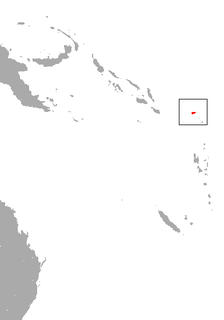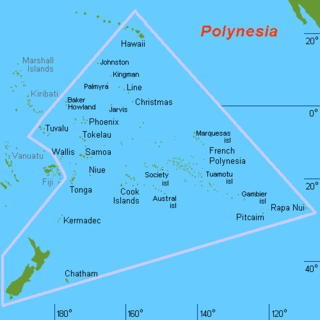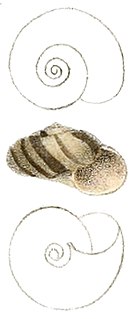 W
WThis is an incomplete list of extinct animals of Oceania. This list covers only extinctions from the Holocene epoch, a geological period that extends from the present day back to about 10,000 radiocarbon years, approximately 11,430 ± 130 calendar years BP. For the extinct animals of Australia, Hawaiian Islands and New Zealand this is a list for the animals not found in these parts of Oceania.
 W
WThe Guam flying fox, also known as the little Marianas fruit bat, was a tiny megabat from Guam in the Marianas Islands in Micronesia that was confirmed extinct due to hunting or habitat changes. It was first recorded in 1931 and was observed roosting with the larger and much more common Mariana fruit bat. The last specimen was a female found roosting at Tarague cliff in March 1967, but it escaped capture. An unconfirmed sighting took place sometime during the 1970s and no other individuals have been sighted since then.
 W
WThe Marquesan Dog or Marquesas Islands Dog is an extinct breed of dog from the Marquesas Islands. Similar to other strains of Polynesian dogs, it was introduced to the Marquesas by the ancestors of the Polynesian people during their migrations. Serving as a tribal totems and religious symbols, they were sometimes consumed as meat although less frequently than in other parts of the Pacific because of their scarcity. These native dogs are thought to have become extinct before the arrival of Europeans, who did not record their presence on the islands. Petroglyphic representations of dogs and the archaeological remains of dog bones and burials are the only evidence that the breed ever existed. Modern dog population on the island are the descendants of foreign breeds later reintroduced in the 19th century as companions for European settlers.
 W
WThe Nendo or Santa Cruz tube-nosed fruit bat is a megabat from the Santa Cruz Group of the Solomon Islands, near the eastern limit of the distribution of tube-nosed fruit bats. It has tube-like nostrils and a wingspan of about 40 cm.
 W
WThe Polynesian Dog refers to a few extinct varieties of domesticated dogs from the islands of Polynesia. These dogs were used for both companionship and food and were introduced alongside poultry and pigs to various islands. They became extinct as a result of the cross-breeding that occurred after other breeds of dogs were introduced. Modern studies done on the DNA of the Polynesian dogs indicate that they descended from the domesticated dogs of Southeast Asia and may have shared a remote ancestor with the dingo.
 W
WSinployea decorticata a species of small air-breathing land snail, a terrestrial pulmonate gastropod mollusk in the family Charopidae. This species was endemic to the Cook Islands; it is now extinct.
 W
WThe Tahitian Dog is an extinct breed of dog from Tahiti and the Society Islands. Similar to other strains of Polynesian dogs, it was introduced to the Society Islands and Tahiti by the ancestors of the Tahitian (Mā’ohi) people during their migrations to Polynesia. They were an essential part of traditional Tahitian society; their meat was included in Tahitian cuisine and other parts of the dog were used to make tools and ornamental clothing. Dogs were fed a vegetarian diet and served during feasts as a delicacy. European explorers were the first outsiders to observe and record their existence, and they were served to early explorers including Captain James Cook. The Tahitian Dog disappeared as a distinct breed after the introduction of foreign European dogs.